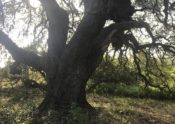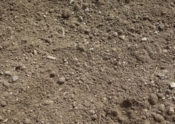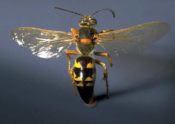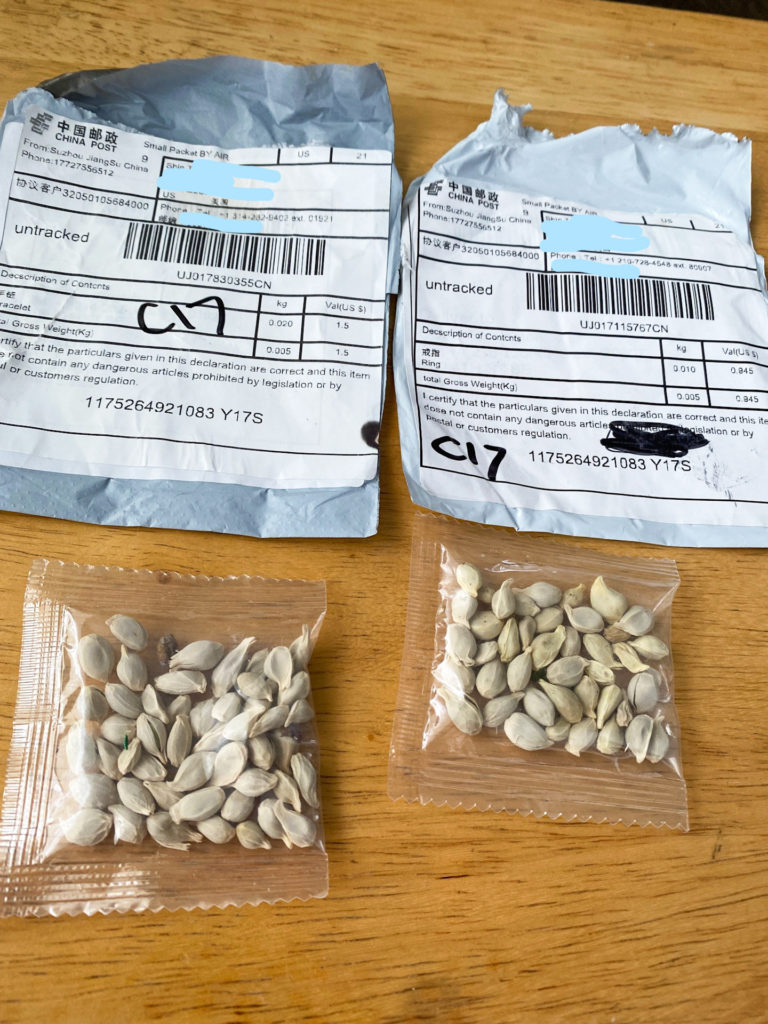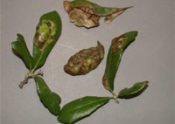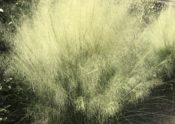
In the gardening world, there is always something interesting to see, no matter what season it is. During fall time in Texas, we get to see the beautiful colors of ornamental grasses.
Fall is generally the time that grasses bloom. The inflorescence, or flowering part of the plant, opens and often has a soft, delicate color. Ornamental grasses in the landscape can be a beautiful way to add some color, texture, and movement.
Just outside my office window is a field of King Ranch Bluestem. Normally I would classify it as an invasive grassy weed to be eradicated, but I confess to secretly enjoying it this fall because the golden pink seed heads ripple like waves in the wind.
Ornamental grasses are easy to care for and most like well-drained soil in a sunny location. You can cut back grasses in short clumps in early spring and consider dividing them every three years. Grasses can also help prevent erosion and stabilize the soil, so they might be a good option if you have a sloped area in your lawn. Ornamental grasses can be used as an accent plant in your landscape, but they are also a showstopper in mass plantings.
If you are interested in adding ornamental grasses, fall is the time to scope out the ones you like while they are blooming and make a plant shopping list for the spring. They come in all shapes and sizes from Pampas Grass that can get up to 10 feet tall with showy white inflorescence, all the way down to Mexican Feather Grass that is one to two feet tall. Gulf Coast Muhly is a Texas native grass that gets about three feet tall and has a pink inflorescence.
Have fun outside exploring some new plant ideas and enjoying the beautiful fall weather!

